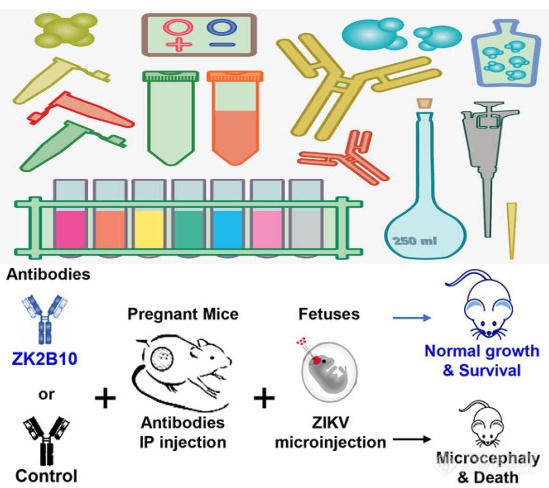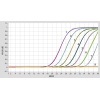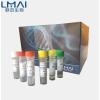
产品详情

毒蕈碱样蛋白3抗体
英文名称 MBNL3
中文名称 毒蕈碱样蛋白3抗体
别 名 MBLX; CHCR; Cys3His CCG1 required protein; MBLX39; MBNL 3; MBXL; Muscleblind like protein 3; Muscleblind like X linked protein; Protein HCHCR; MBNL3_HUMAN.
研究领域 肿瘤 细胞生物 免疫学 染色质和核信号 细胞周期蛋白
抗体来源 Rabbit
克隆类型 Polyclonal
交叉反应 Human, Mouse, Rat, Pig, Cow, Horse, Sheep,
产品应用 WB=1:500-2000 ELISA=1:500-1000 IHC-P=1:100-500 IHC-F=1:100-500 IF=1:100-500 (石蜡切片需做抗原修复)
not yet tested in other applications.
optimal dilutions/concentrations should be determined by the end user.
分 子 量 39kDa
细胞定位 细胞核 细胞浆
性 状 Lyophilized or Liquid
浓 度 1mg/ml
免 疫 原 KLH conjugated synthetic peptide derived from human MBNL3:251-354/354
亚 型 IgG
纯化方法 affinity purified by Protein A
储 存 液 0.01M TBS(pH7.4) with 1% BSA, 0.03% Proclin300 and 50% Glycerol.
保存条件 Store at -20 °C for one year. Avoid repeated freeze/thaw cycles. The lyophilized antibody is stable at room temperature for at least one month and for greater than a year when kept at -20°C. When reconstituted in sterile pH 7.4 0.01M PBS or diluent of antibody the antibody is stable for at least two weeks at 2-4 °C.
PubMed PubMed
产品介绍 MBNL3 has been shown to inhibit muscle differentiation. MBNL3 belongs to a highly conserved family of tissue-specific alternative splicing regulators. This family is known to regulate terminal muscle differentiation through alternative splicing control and several groups have suggested that the family participates in the differentiation of photoreceptors, neurons, adipocytes and blood cell types. MBNL3 is expressed in myoblasts, muscle precursor cells, and during the early stages of myogenesis, but is detected at very low levels in terminally differentiated myotubes. MBNL proteins have been shown to sequester foci of expanded-repeat transcripts and are thought to therefore play a role in the molecular pathology of a group of neuromuscular diseases including the Myotonic Dystrophies.
问商家




